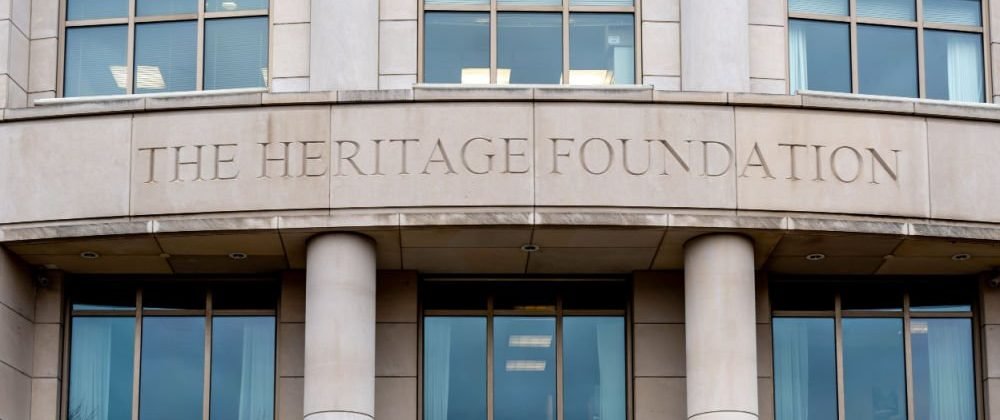

In Steve Bannon’s recent interview with David Brooks, Bannon referenced something called Project 2025.
What is Project 2025? James Goodwin explains at Boston Review.
Here is a taste:
The week after taking office in 2017, Donald Trump announced his administration’s signature policy on the administrative state—the constellation of agencies, institutions, and procedures that Congress has created to help the president implement the laws it passes—when he signed Executive Order 13771. The directive purported to create a “regulatory budget” scheme that prohibited agencies from issuing a new rule unless they first repealed two existing rules and ensured that the resulting cost savings offset any costs the new rule might impose.
The effort failed. While federal agencies reduced their regulatory output during the Trump administration, they made little lasting progress in repealing existing rules. The Administrative Procedure Act, which governs much of how the administrative state operates, makes it hard to do so. Most of the Trump administration’s repeal attempts were met with rejection by federal courts for failing to abide by basic procedural requirements.
Still, Executive Order 13771 perfectly encapsulated conservative thinking about regulatory policy at the time. The goal was to bring about the “deconstruction of the administrative state,” as former Trump advisor Steve Bannon famously put it. This view was in keeping with decades of conservative hostility for this arm of government, which the right has long tarred as an economic and constitutional disaster.
But that was then. In the years since, the conservative movement has coalesced around a very different way of thinking about the administrative state—one that sees it as a vehicle for advancing the conservative movement’s agenda, particularly on social issues, and thus embraces policy changes that would strengthen many aspects of its governing apparatus. There’s still plenty of room for deconstruction in this vision, particularly when it comes to issues like worker rights and environmental protection. Indeed, the Supreme Court’s conservatives demonstrated their continued commitment to the deconstruction project with their decision last week striking down the four-decade-old Chevron deference doctrine—a move that will make it easier for conservative federal judges to strike down rules they oppose on ideological grounds. But these goals are now presented alongside calls for things like enhanced agency enforcement capacity and strategies for evading congressional oversight—priorities that would have been unthinkable for a conservative regulatory agenda just a few years ago.
The best example of this shift is Project 2025, the Heritage Foundation–led “presidential transition” attack plan that would guide a second Trump administration should he win this November. The effort was spearheaded by Heritage president Kevin Roberts in 2022; a 920-page document called Mandate for Leadership, published in April last year, sets out a comprehensive blueprint in technocratic detail. The product of a broad coalition of ultra-right-wing think tanks and advocacy organizations, the plan has contributions from the Center for Renewing America (an organization committed to promoting Christian nationalism), Susan B. Anthony Pro-Life America (a prominent group fighting reproductive rights), and FreedomWorks (the Koch-founded organization responsible for mainstreaming the Tea Party agenda, which has since dissolved but nevertheless helped lay the foundation for the conservative movement’s evolution in thinking on matters of regulatory policy). It covers nearly every policy issue you can think of, from defense budgets to bank regulation to highway construction. (For his part, Bannon has expressed general support for the initiative, but it is unclear whether he appreciates—or even cares about—the shift it represents.)
Project 2025 is candid about its ultimate goal: to reprogram the U.S. administrative state to support and sustain archconservative rule for decades to come. The distinguishing features of this regime would include a far more politicized bureaucracy, immunity against meaningful public or congressional oversight, abusive deployment of agency enforcement capabilities as a tool of political retribution, and aggressive manipulation of federal program implementation in the image of Christian nationalism, white supremacy, and economic inequality.
Read the rest here.